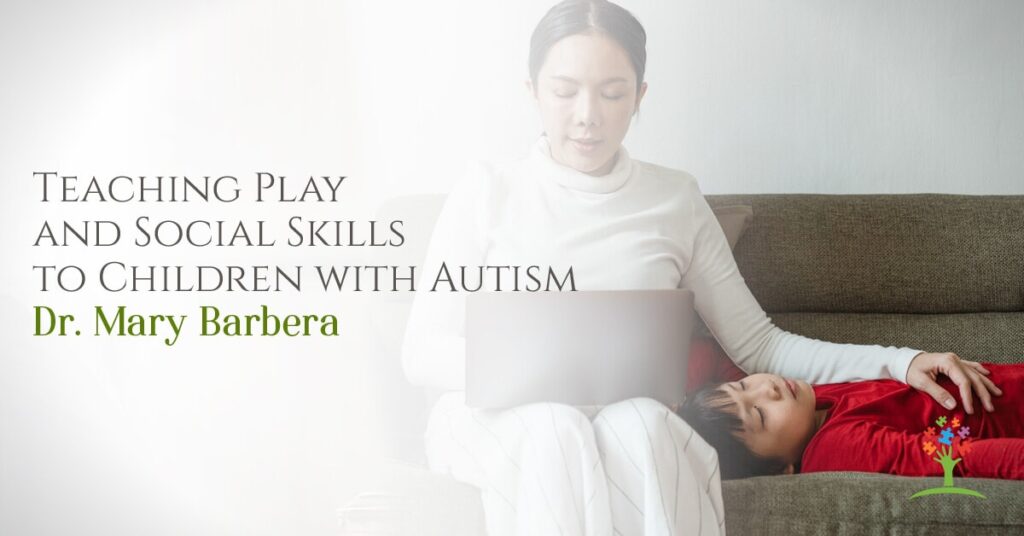Live Q&A Call: Your Autism Questions Answered

For parents who need advice on how to take the next step in their journey with autism, I offer some insights on how to move forward. It can be tempting to see a child’s progress and then try to move on quickly to the next level, but I want you to avoid mistakes that will hinder your child’s long-term development.
Top 10 Best Autism Podcast Episodes of 2020

I tackled a lot of issues in this year’s 52 Turn Autism Around podcast episodes, and I interviewed some amazing success stories from the autism community. My top ten list includes my own personal favorites, as well as my listeners’ favorites as well. I am excited for 2021 and the opportunities we’ll have to grow this community even more.
Hand Flapping in Kids with Autism

Hand flapping is a common self stimulatory behavior for kids with autism. Today, I’m talking all about hand flapping and giving you insight on what to do about it. Have you ever been in a lecture where the material is way too easy or completely over your head? Or have you been bored waiting in […]
Teaching Play and Social Skills to Children with Autism

Rather than simply hoping a child with autism picks up social and play skills, I believe that it’s imperative for parents, caregivers, and therapists to purposefully teach these skills. But before a child can run, they have to learn how to crawl. I share the developmentally appropriate language skills, and some strategies to teach them, that can help children with autism develop a language foundation on which to build social and play skills.
Music Therapy for Autism | Interview with Music Therapist Marlene

Inserting music into physical therapy can utilize both sides of the brain, and increase the efficacy of the physical therapy. For children on the autism spectrum who are engaged in musical therapy, it can improve their motor movements, their language skills, and not only their learning but also their maintenance. Dr. Marlene Sotelo discusses the evidence-based research surrounding music therapy for children on the autism spectrum.